Bergenia Seed Propagation: How To Plant Bergenia Seeds
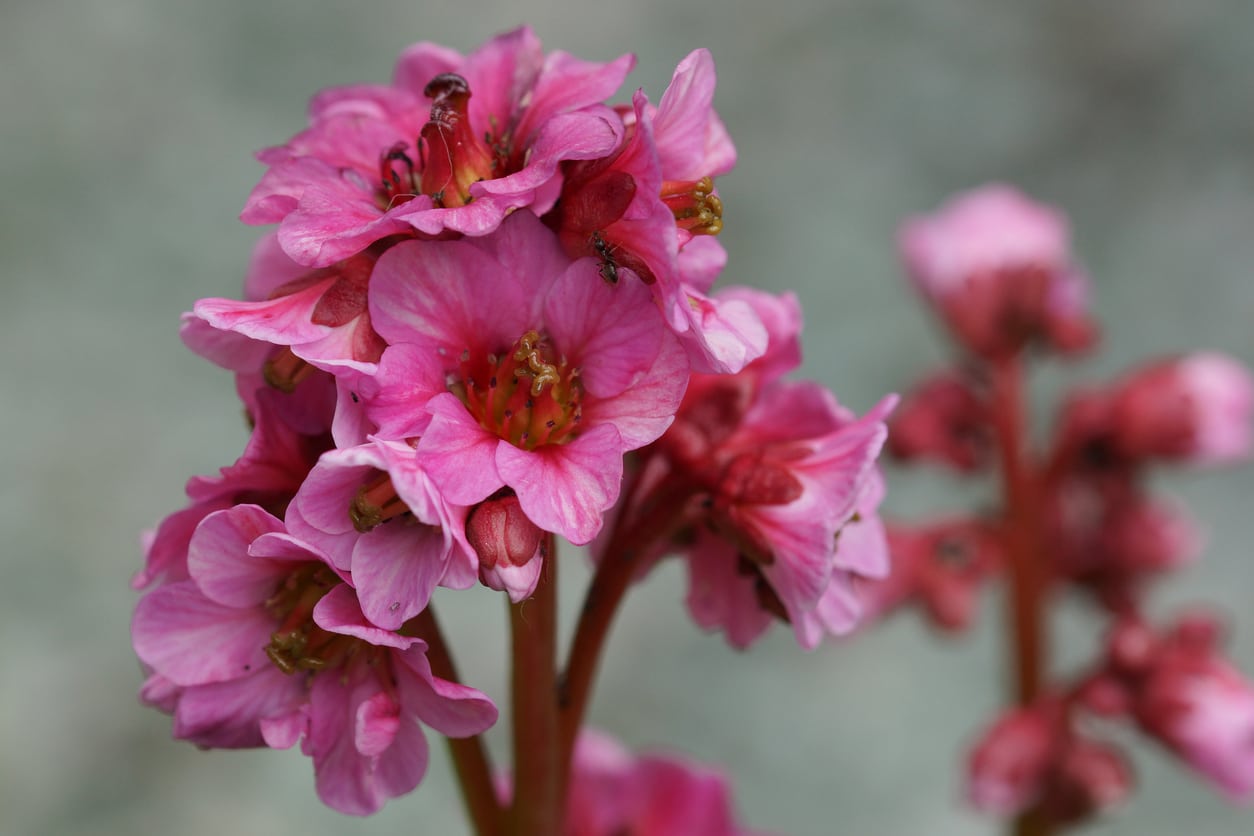

For a pretty green groundcover that is tough, spreads readily to fill in empty spaces, and produces spring flowers, it’s tough to beat bergenia. Bergenia seed propagation is easy, so save your money and skip the transplants.
Growing Bergenia from Seed
Bergenia is a semi-evergreen perennial that is hardy in USDA zones 4 through 10. It’s a great choice for home gardeners in a lot of different areas, providing a low-growing, spreading groundcover. The leaves are dark green, glossy, and heart-shaped. It spreads through its underground stems and is perfect for filling in those areas where grass is sparse, or where you just want something different. The plants grow up to about six inches (15 cm.) tall, but when they bloom, the spikes of flowers shoot up to 12 to 18 inches (30 to 46 cm.). The flowers are a deep reddish-pink and grow in attractive clusters. This groundcover will give you early spring flowers and nearly year-round foliage.
How to Plant Bergenia Seeds
Propagating bergenia by seed is a great option because it is easy and inexpensive. You can use seeds to get a patch of groundcover started, or to help it spread more quickly. Before sowing bergenia seeds, be sure you have the right conditions where you intend to plant the groundcover. Bergenia thrive in full sun where summers are mild and in partial shade when summers are hot. The soil does not need to be rich, and water needs are moderate. However, if you can provide richer soil and more water, you may get more flowers. Start bergenia seeds indoors. Use a sterile starter mix and press the seeds lightly into the soil. Do not cover them with soil, as bergenia seeds need light to germinate. Bergenia germination is often uneven, but over three to six weeks you should see all the seeds germinate if the temperature is held steady around 70 to 75 degrees Fahrenheit (21 to 24 Celsius). Keep the soil moist. When ready, plant the bergenia outdoors, spacing 15 to 18 inches (38 to 46 cm.). Knowing when to plant bergenia depends on your location and climate but should be done when the danger of frost has passed. If you have mild winters, you can start your plants in spring or fall. Just be sure to start them indoors first and then transplant outdoors.
Gardening tips, videos, info and more delivered right to your inbox!
Sign up for the Gardening Know How newsletter today and receive a free copy of our e-book "How to Grow Delicious Tomatoes".

Mary Ellen Ellis has been gardening for over 20 years. With degrees in Chemistry and Biology, Mary Ellen's specialties are flowers, native plants, and herbs.
-
 Grow ‘Karl Rosenfield’ Peony Plants For The Ultimate Frilly Border Beauties And Cut Flowers
Grow ‘Karl Rosenfield’ Peony Plants For The Ultimate Frilly Border Beauties And Cut FlowersFor frilly double magenta peony petals infused with a heady fragrance, grow ‘Karl Rosenfield’ peony plants. Here’s how to cultivate the ultimate plushy blooms
By Tonya Barnett
-
 10 Common Composting Problems That Can Spoil Your Garden Gold – Plus Easy Fixes
10 Common Composting Problems That Can Spoil Your Garden Gold – Plus Easy FixesLearn how to troubleshoot common composting issues before they ruin your stash – from bad smells and bugs to materials not breaking down as they should.
By Susan Albert
-
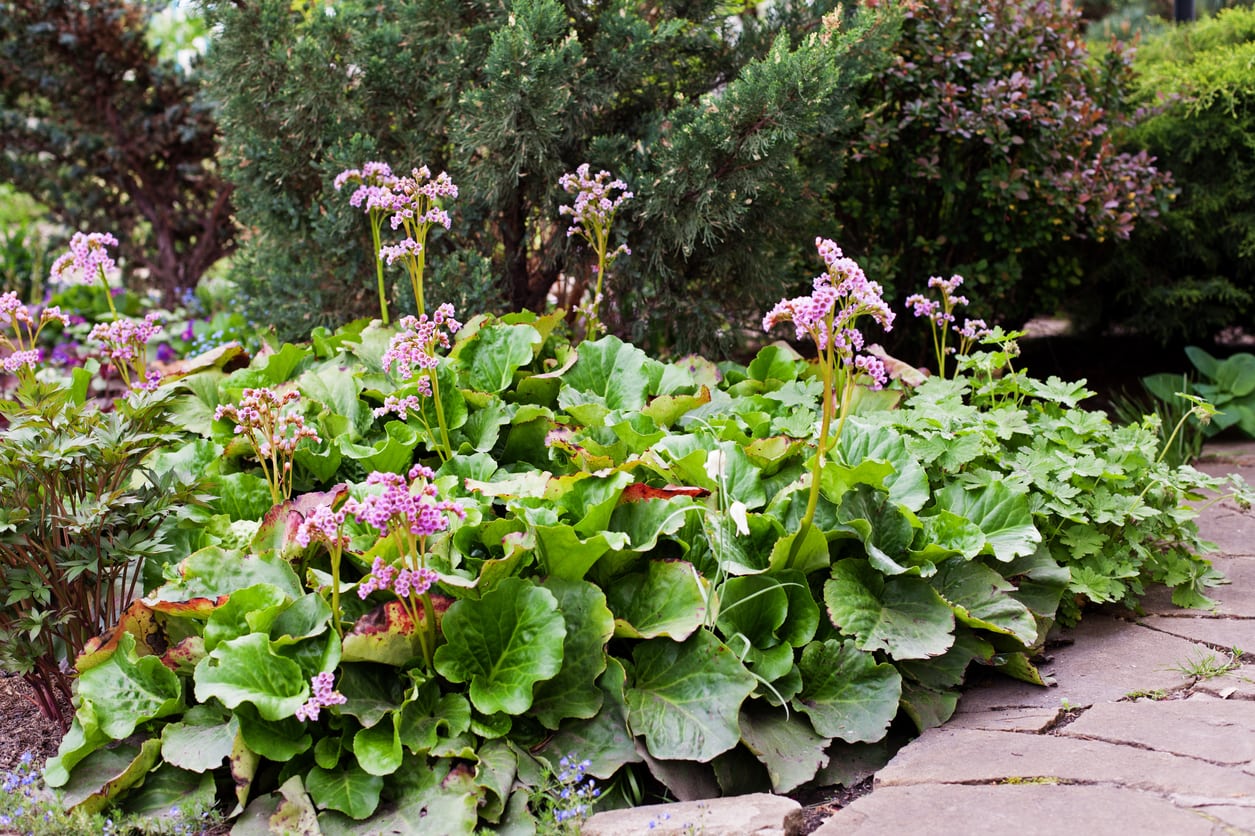 How To Transplant Bergenia: Dividing And Moving Bergenia Plants
How To Transplant Bergenia: Dividing And Moving Bergenia PlantsBergenia may bloom and grow beautifully for several years, then suddenly stop performing. This could be because it is choking itself out and needs to be divided or because something in its environment changed and it needs to be moved. Learn more here.
By Darcy Larum
-
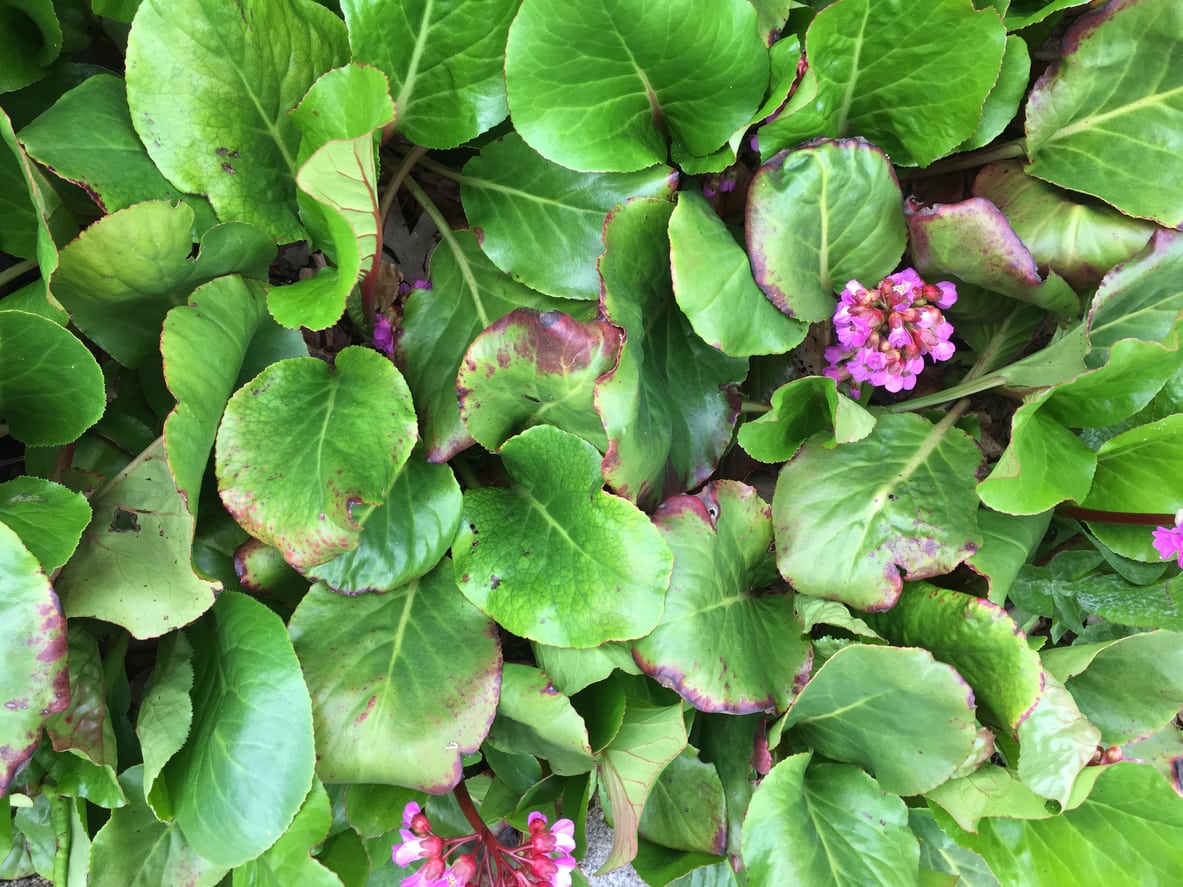 Bergenia Issues: Identifying And Treating Bergenia Pests And Disease
Bergenia Issues: Identifying And Treating Bergenia Pests And DiseaseRarely bothered by deer or rabbits, like any plant, bergenia can experience some problems with pests and diseases. If you have found yourself wondering “what is wrong with my bergenia,” this article is for you. Click here to learn about common bergenia problems.
By Darcy Larum
-
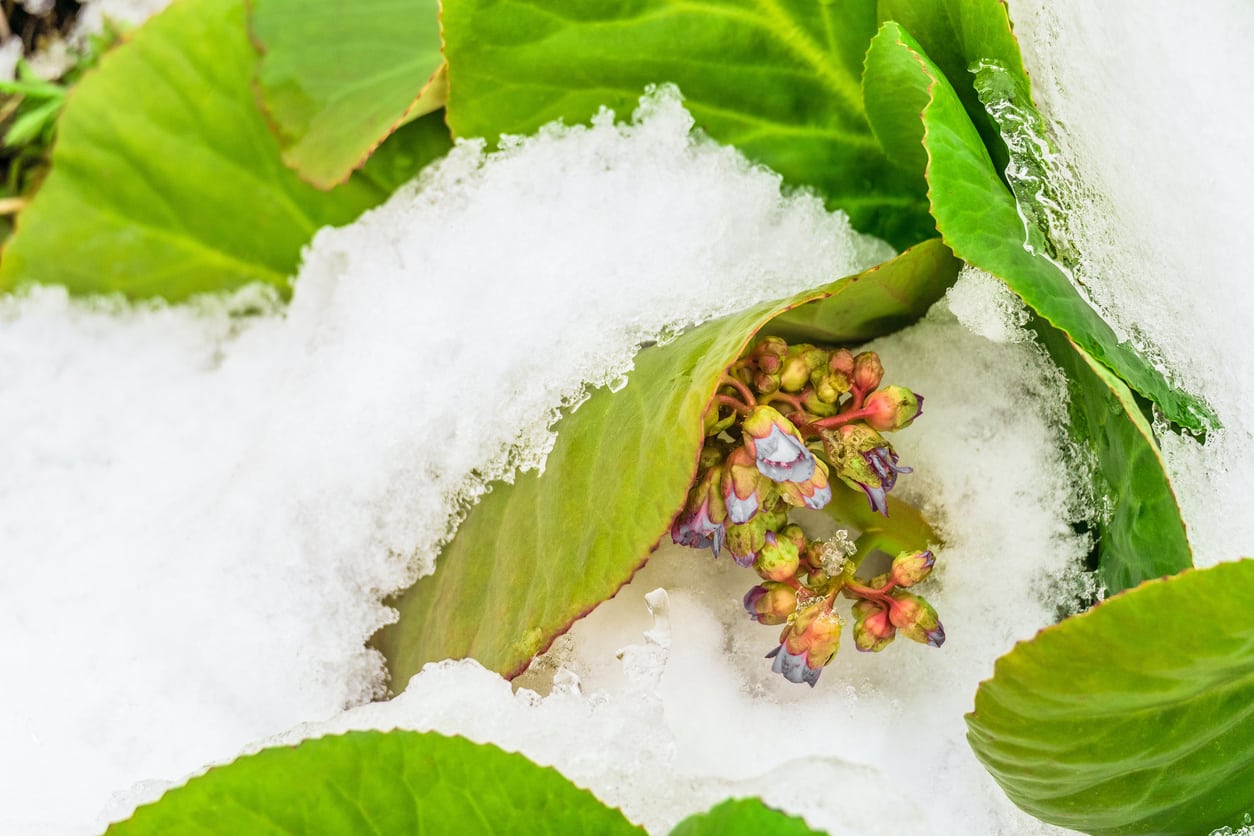 Bergenia Winter Care Guide – Tips For Bergenia Winter Protection
Bergenia Winter Care Guide – Tips For Bergenia Winter ProtectionBergenia are tough little plants that can stand up to a wide range of conditions, including cold. But how do you care for a bergenia in winter? Click on the following article to learn more about bergenia cold tolerance and bergenia winter care.
By Liz Baessler
-
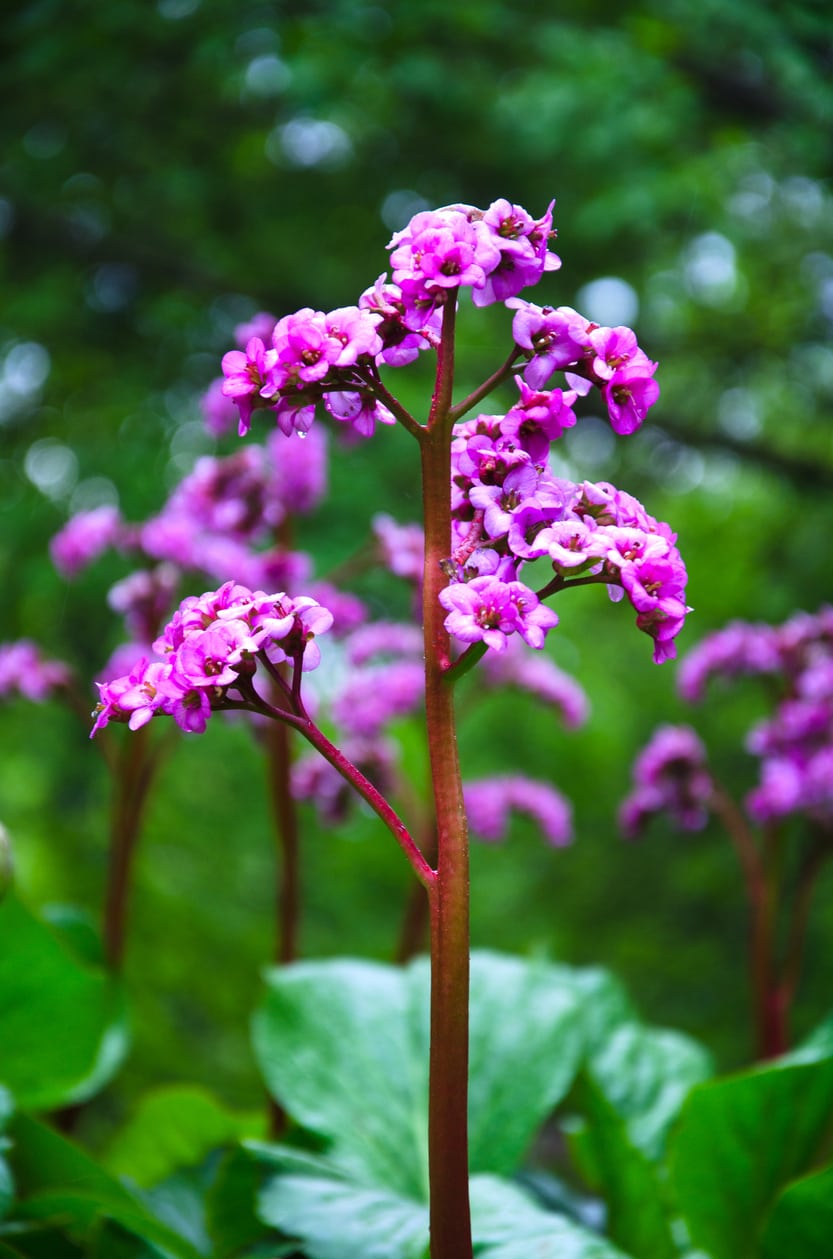 Types Of Bergenia For Gardens – How Many Kinds Of Bergenia Are There
Types Of Bergenia For Gardens – How Many Kinds Of Bergenia Are ThereWhile hostas certainly work in shade beds, you have many other perennial options for a shady area. Bergenia, for example, is just one. Click this article to learn more about the many beautiful bergenia varieties for shady gardens.
By Darcy Larum
-
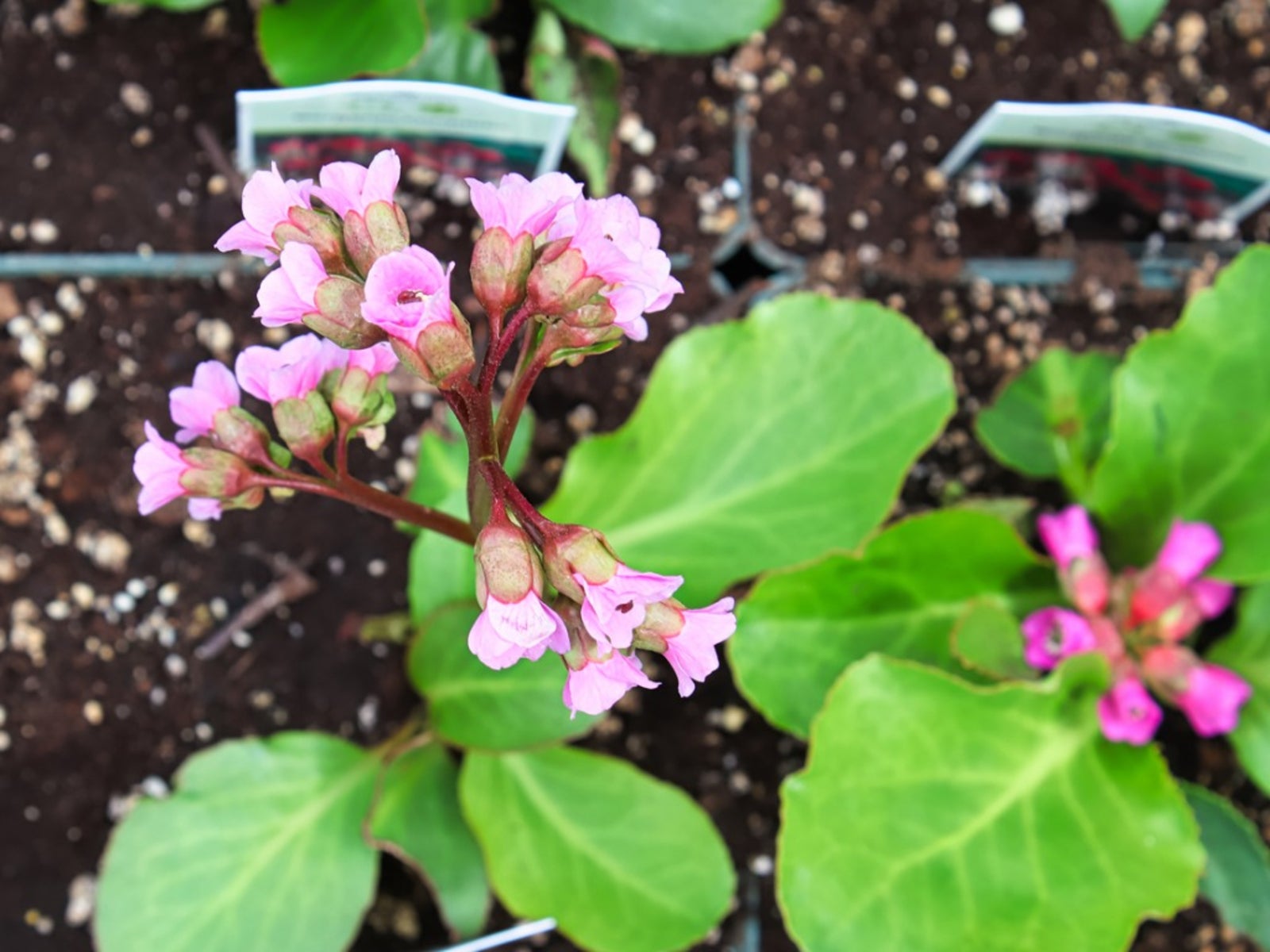 Container Grown Bergenia: Tips For Potted Bergenia Plant Care
Container Grown Bergenia: Tips For Potted Bergenia Plant CareBergenias are gorgeous evergreen perennials that produce stunning spring flowers and brighten up autumn and winter gardens with their very attractive, colorful foliage. But can you grow bergenia in pots? Learn more about how to grow bergenia in a container here.
By Liz Baessler
-
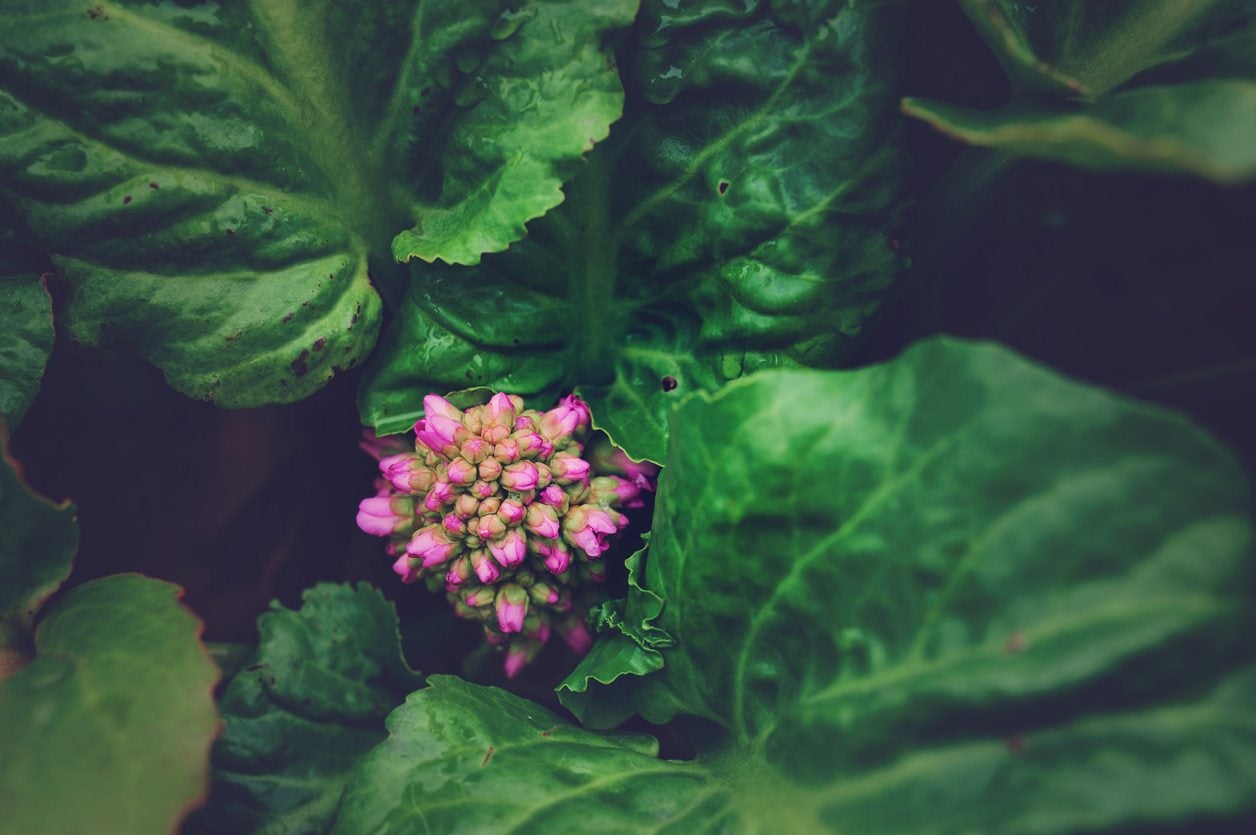 Treating Disease In Bergenia – How To Recognize Bergenia Disease Symptoms
Treating Disease In Bergenia – How To Recognize Bergenia Disease SymptomsAlthough bergenia plants tend to be relatively disease resistant, this lovely perennial can fall victim to a handful of serious plant diseases. Click this article to learn about treating disease in bergenia plants.
By Mary H. Dyer
-
 Bergenia Insect Problems: Tips For Controlling Bergenia Pests
Bergenia Insect Problems: Tips For Controlling Bergenia PestsBergenia are sturdy, low-maintenance perennials that tend to be problem free. However, bergenia insect problems do occur from time to time. Click this article to learn methods of controlling bugs that eat bergenia.
By Mary H. Dyer
-
 Bergenia Propagation Methods: A Guide To Bergenia Reproduction
Bergenia Propagation Methods: A Guide To Bergenia ReproductionBergenia is an attractive perennial with showy clusters of pink or brilliant flowers. Growing new bergenia from a mature plant isn?t difficult, or you can choose to attempt bergenia propagation by planting seeds. Learn more about methods of bergenia reproduction here.
By Mary H. Dyer